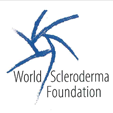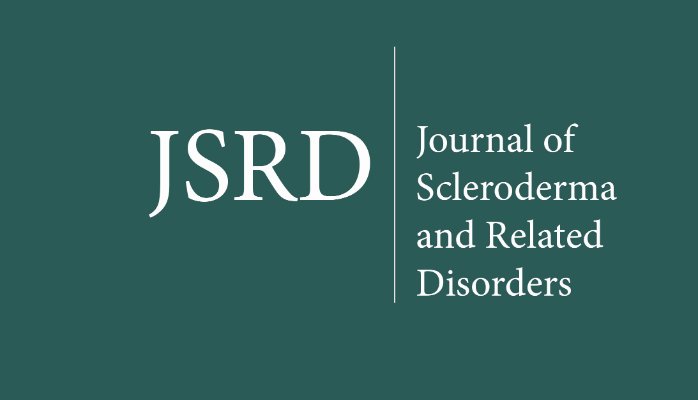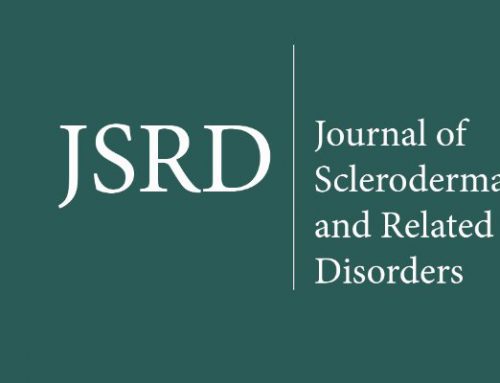Prevalence and incidence of pulmonary arterial hypertension: 10-year follow-up of an unselected systemic sclerosis cohort
Post author correction
Article Type: ORIGINAL RESEARCH ARTICLE
Article Subject: Epidemiology and Diagnostic Methods
DOI:10.5301/jsrd.5000246
Authors
Els Vandecasteele, Karin Melsens, Kristof Thevissen, Michel De Pauw, Ellen Deschepper, Saskia Decuman, Yves Piette, Filip De Keyser, Guy Brusselle, Vanessa Smith
Abstract
IntroductionEarly screening for pulmonary arterial hypertension (PAH) in systemic sclerosis (SSc) improves outcome. Therefore, we evaluated the screening for PAH during the 10-year follow-up of an unselected prospective SSc cohort by calculating the prevalence and the incidence rate of PAH and we compared the screening before and after implementation of the 2009 European Society of Cardiology/European Respiratory Society (ESC/ERS) guidelines.
MethodsData were evaluated from each SSc-specific visit of 362 consecutive SSc patients included in the SSc Cohort of the Ghent University between May 2006 and December 2015.
ResultsOf the 362 included patients, 23.2% had limited SSc, 59.9% limited cutaneous SSc and 16.9% diffuse cutaneous SSc. At baseline, one patient was already on PAH-specific treatment and eight patients were diagnosed with PAH, implicating a baseline PAH prevalence of 2.5% (9/362). During follow-up (median of 18 months [interquartile range: 0-54 months]), nine patients were diagnosed with incidental PAH, resulting in an incidence rate of 9.3/1000 person-years, 95% confidence intervals (95% CI): 4.3-17.7.
Before the ESC/ERS guidelines, five PAH patients, all already diagnosed with prevalent PAH, were included in the cohort. After 2009, 13 patients (4 prevalent cases) were diagnosed with PAH, making the yearly incidence around 1% (0.82%-2.00%).
ConclusionsDuring 10-year follow-up in a cohort of 362 unselected SSc patients, the cumulative prevalence of PAH is 5% (18/362) and the incidence rate 9.3/1000 person-years, 95% CI: 4.3-17.7. Before implementation of the 2009 ESC/ERS screening algorithm, there were no incident cases.
Article History
- • Accepted on 05/06/2017
- • Available online on 28/06/2017
Disclosures
This article is available as full text PDF.
- Article price: Eur 36,00
- You will be granted access to the article for 72 hours and you will be able to download any format (PDF or ePUB). The article will be available in your login area under “My PayPerView”. You will need to register a new account (unless you already own an account with this journal), and you will be guided through our online shop. Online purchases are paid by Credit Card through PayPal.
- If you are not a Subscriber you may:
- Subscribe to this journal
- Unlimited access to all our archives, 24 hour a day, every day of the week.





